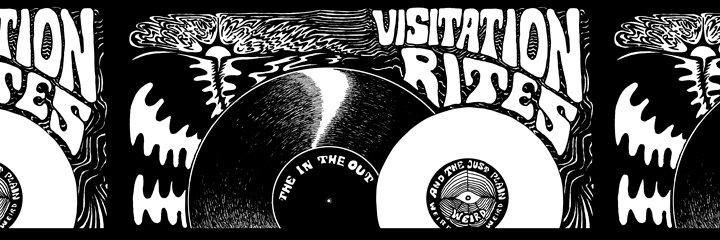
Following Architectural Failures (2003), their first effort, Hi Red Center has lead us to the other side of the mirror. With Assemble, recently released on Joyful Noise, these four New York stooges propel the listener into a sumptuous and colorful wonderland where everything is falsely welcoming. Taking cues, perhaps, from the likes of Lewis Caroll and his foul-mouthed flowers, Hi Red Center conjures scenes of toothless imps and giants that aren't so giant at all. A play with off-kilter syncopation on the opening track sets the tone for what is to come: everything here may topple without warning. From song to song, logic is joyfully pushed and pulled, and common sense turned on its head; these boys cannot introduce a riff or catchy backbeat without exploding them like fireworks just a few seconds later.
Hi Red Center could not have found a better label in Joyful Noise. The group maintains a tricky equilibrium between bubblegum pop and experimental noise; they make music “for folks who like to sing, for people who like to dance," but, above all, “for everyone who likes their songs thoroughly mixed and mashed.” The sound that results is almost as puzzling and ironic as the Cheshire Cat himself. On keyboard, Russell Greenberg straddles hulking synth lines and light-footed vibraphone motifs. On guitar, Thomas Yee, a master of heavy distortion, alternates between primitive riffs and extended prog solos (“Trees in a Row,” “Los Olvidados”). On bass, Lawrence Mesich “unites the frenzy of post-punk with the dexterity of krautrock.” Finally, on drums, Mike McCurdy effortlessly navigates between Battles-style metronomic beats (“Littlest Giant”) and uncomfortable, floating rhythms (“Toothless Beau”).
The result? Songs that are fractured and unpredictable, guided by a fugue aesthetic that would please any pop baroque enthusiast: melody lines crisscross without much concern for harmonic coherence. Hi Red Center’s spastic spice comes from a commitment to musical contrariety, a pleasing do-si-do of technical opposites: fast and slow, high and low, tormented and carefully measured. The ethereal choruses that lacked accuracy and definition in Architectural Failures
resurface as the album's most original and compelling features, providing what might be the group's new signature seal. The between “rhythm section” (the deep synths, the furious percussion) and “harmonic section” (the aerial vocals and vibraphone) make for some of the most shocking – and, to my taste, most successful – songs of the album (“Symmetry Chameleon,” “Chicken Gorlet”).
Words: Sophie Pécaud
Translation: Khira Jordan
Originally published in French on Chronicart, Spring 2009
Words: Sophie Pécaud
Translation: Khira Jordan
Originally published in French on Chronicart, Spring 2009
Continuing Education:
Hi Red Center website
Hi Red Center MySpace





